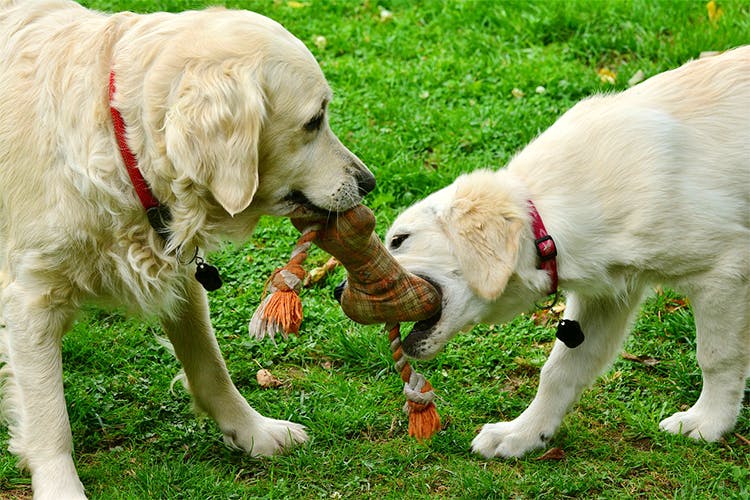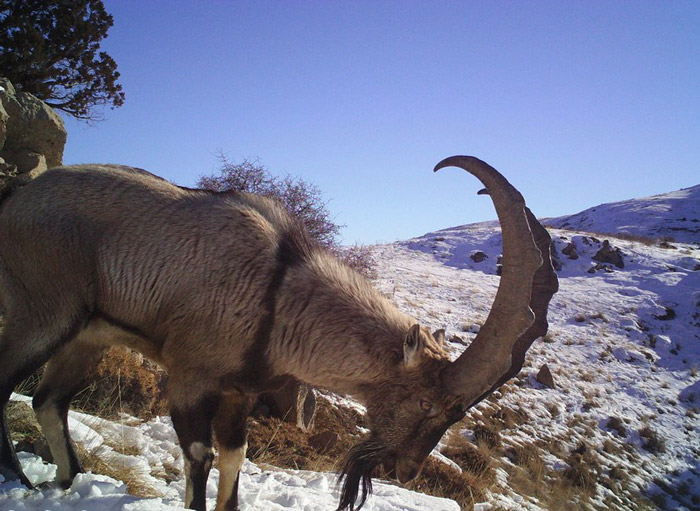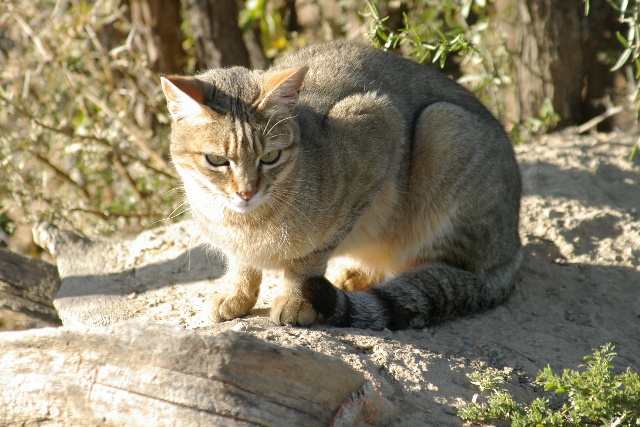Things You Need To Know About Reptile
About Reptiles
Reptiles are air-breathing vertebrates shrouded in extraordinary skin made up of scales, hard plates, or a blend of both.
They incorporate crocodiles, snakes, reptiles, turtles, and tortoises. All normally shed the external layer of their skin. Their digestion relies upon the temperature of their condition.
In contrast to winged creatures and warm-blooded creatures, reptiles don't keep up steady interior body temperature. Without hide or plumes for protection, they can't remain warm on a chilly day, and without perspiration organs or the capacity to grasp, they can't chill on a hot one. Rather, they move into the sun or into the shade as required. During cooler pieces of the year, they become inert. As a result of their moderate digestion and warmth looking for the conduct, reptiles are merciless.
Reptile multiplication likewise relies upon temperature. Just boas and pythons bring forth live youthfully. Different species lay their eggs in a straightforward home and leave. The youthful bring forth days to months after the fact.
The dirt temperature is basic during this time: It decides what number of hatchlings will be male or female. Youthful reptiles can float, walk, and swim inside long periods of birth. Reptiles initially show up in the fossil record 315 million years prior and were the prevailing creatures during the Mesozoic period, which went on for 270 million years until the termination of the dinosaurs.

Nature: Reptiles Habitat
This group of scaly-skinned, backboned animals includes snakes, lizards, crocodiles, hard-shelled turtles, and the tuatara, from New Zealand. Most reptiles live on land, but turtles, crocodiles, and some snakes live in water. Nearly all reptiles are equipped with senses similar to humans.
What do Reptiles eat?
Most reptiles are dynamic predators. Reptiles chase for the most part bugs. Snakes target prey, for example, rodents and feathered creatures. A few snakes quell their exploited people with venom. Crocodiles go after animals as huge as wildebeest. Turtles and reptiles eat for the most part fish and spineless creatures. Tortoises, which live ashore, feed generally on plants.

Chameleons chase by stealth, crawling forward until their creepy-crawly prey is in reach. The greater part of the 85 types of chameleon lives on the island of Madagascar, including this Nosy Be chameleon.

Snakes accumulate particles with their tongues, at that point move them to an organ on the top of the mouth called the Jacobson's organ. This organ is delicate and can distinguish removed prey. A few snakes can distinguish the body warmth of prey utilizing uncommon pits close to their eyes.
HOW DO REPTILES ESCAPE FROM DANGER?
Numerous reptiles stow away or are covered to mix in with their environment. Some are expedient and deft and can rush off at lightning speed. Others are splendidly shaded to caution predators that they are toxic. A few reptiles can sever their tail so as to circumvent, growing another one through regeneration.
WHAT IS THE DIFFERENCE BETWEEN A TURTLE AND A TORTOISE?
Turtles live in water and tortoises live ashore. Turtles from a similar logical family as tortoises are in some cases called reptiles. Reptiles have torn feet and live in freshwater natural surroundings. Tortoises, turtles, and reptiles have changed little in 200 million years. They all have hard or rough shells.

The green turtle is one of just six sea-living turtle species. Its bony shell is covered with a layer of horn. The largest sea turtle, the leatherback, may reach 8 ft (2.5 m) in length.
How Do Reptiles Reproduce?
How Do Crocodiles Hunt?
The 22 species of crocodiles and their relatives are fearsome predators. Crocodiles ambush large prey. They snatch victims from the water’s edge and drag them under to drown them. Crocodiles cannot chew but may spin around to break the victim’s body into pieces.
Reptile Classification:
Venom
How Many Snakes Are Deadly To Humans?
Fewer than 10 percent of snakes produce venom strong enough to kill a person. Vipers produce large quantities of venom—people bitten by diamondback rattlesnakes have been known to die in under an hour. The Australian inland taipan is thought to be the world’s most deadly snake. Sea snakes are also highly poisonous, but they rarely bite humans.
How Does Snake Venom Work?
 Vipers lift their fangs forward just before biting, as this model shows. At rest, the fangs are held against the roof of the mouth.
Vipers lift their fangs forward just before biting, as this model shows. At rest, the fangs are held against the roof of the mouth.
Regeneration
A few creatures can recover (regrow) tails, appendages, or other body parts lost in mishaps or gnawed off by predators. Among vertebrates (backboned creatures), these species incorporate reptiles, for example, the tree skink (a sort of reptile) and the lizard (a land and water proficient).
Why Do Some Lizards Shed Their Tails?
Losing all or some portion of the tail is a resistance component for certain types of reptiles. I snatched by a predator, the tail severs at a breakpoint, which limits dying, and keeps on wriggling, diverting the predator while the reptile getaway. Inside nine months, the tail regrows, hardened via ligament rather than bone.

The tree skink is only one of numerous reptiles that can recover their tails. Before it was lost, the finish of this present reptile's tail contained bones. Presently those bones have been supplanted by a gristly ligament.
Which Other Animals Regenerate Their Body Parts?
Starfish, wipes, flatworms, leopard gecko and crabs can likewise regrow body parts cut off in mishaps. Wipes have a much all the more stunning capacity. At the point when gone through a fine work, these basic multicellular creatures can reassemble themselves. The cells search each other out and consolidate back.
6 Domestic Animals and Their Wild Ancestors
The restraining of wild animals, beginning with the canine , seriously influenced human progression. These creatures, and the security, sustenance, clothing, and work they gave were key factors that empowered our vagrant ancestors to outline immutable settlements. Despite the way that to various urbanites creatures are as evacuated a bit of reality as bluegrass music, without them, individuals would never have had the choice to shape urban regions in any way shape or form. Examine the animals that offered rise to a few of our present animal mates.
Diminish wolf

The diminish wolf (Canis lupus) is thought by most analysts to have offered climb to the private pooch, a key event in the progression of our species that may have occurred as on schedule as 32,000 years earlier and completely by 14,000 years back. A couple of analysts, regardless, have set, in view of different morphological complexities among canines and wolves, that pooches may truly be dropped from an ended wild forerunner that likely took after contemporary untouchable mutts and dingoes. Whatever its underlying foundations, the pooch was the essential animal to be prepared by early individuals.
Nearby pooch

A smooth-coat Chihuahua wearing pieces of clothing. The humblest saw pooch breed, named for the Mexican domain of Chihuahua. (toy dogs little mutts hurt overbreeding inalienable blemishes)
Millenia of little guy love has made more than 400 kinds of nearby canine (Canis lupus familiaris), running from the wolfish, generous Siberian forcing to the shrieking, guinea-pig neighboring chihuahua. Research on the reason for pooches, and on their stand-out, sympatric relationship with individuals, is advancing. By and by if someone would simply understand why LOLCats have such an edge over near canine pictures...
Bezoar

ibex. Bezoar Ibex (Capra hircus aegagrus) wild goat (Capra aegagrus)with twisted horns in the family Bovidae (demand Artiodactyla). Male, female has no stripe. warm-blooded animal
The second sorts of a wild animal to be explicitly repeated by individuals was the bezoar, or wild goat (Capra aegagrus). These spry, wiry ungulates presumably won't show up the best plausibility for restraining at originally turned out to be flushed, anyway their ability to change sparse vegetation into covers, meat, and milk likely attempted worth the while to pioneers of the Fertile Crescent, who recently raised them as on schedule as 11,000 years back. Times of forlorn goatherds pursued.
Private goat

There are at present more than 200 kinds of private goat (Capra aegagrus hircus). From minor miniatures raised as pets to the silken cashmere goats whose coats are woven into unrestrained materials to around 300-pound animals replicated for meat, all in a rainbow of tints and precedents, the physical nice assortment of the family goat approaches that of the canine. Odelay hee hoo!
The mouflon (Ovis Orientalis) was the accompanying focal point of the sharp agrarians of the Fertile Crescent. Someplace in the scope of 10,000 years earlier, a couple of sub-sorts of this wild sheep were pulled down from the mountains, their relatives bound to be changed into rough precursors of the Ugg boot and shearling coat—if that isn't a repetition. Downy conveying arrangements did not appear until a couple of thousand years afterward, as to affirm by the degree of bones having a spot with young animals at progressively settled archeological regions, which showed early butcher for spreads up and meat instead of whole deal wool age.
Neighborhood sheep

Sheep in pen on the property in New Zealand. (ranch, animal, sheep, gathering, corral, wool)
There are roughly 200 sorts of neighborhood sheep (Ovis aries), running from considerable wool producers that will overheat and pass on if not routinely shorn, to smooth, goat-like tropical collections. Despite the way that the sheep's gathering behavior has made it synonymous with indiscreet tractability, some have indicated critical learning, including name affirmation. Think about that at whatever point you slide your tootsies into a particular Australian brand of footwear.
Wild pig

Around 9,000 years back, someone had the boldness to capture a horde of disturbing wild hoards (Sus scrofa), likely some spot in present-day Turkey. In all likelihood, Chinese and European wild hoards were subdued autonomously. Whatever their provenance, their antecedents were condemned to subsistence on human offal; pigs consistently wound the roads of old towns, gobbling up the decline and changing it into viably open meat.
Charitable shocking, look at them now! The surly wild hoard has been shaped into almost 70 kinds of the private pig (Sus scrofa domesticus), from the expeditiously obvious pink swine—à la Wilbur—to bristly, massive land breeds—neighborhood animals that have created to suit the conditions where they are found. Among the most maligned of family unit animals, pigs are regardless extremely sharp, and, if late restorative advances are any sign, they may create you another heart—you know, to override the one you halted up with bacon fat.
Wild horse

The wild horse (Equus ferus) was likely prepared someplace in the scope of 6,000 years back in what is by and by Ukraine and Kazakhstan. Early private steeds were depleted and eaten similarly as used for transportation, practices fundamentally outlined in dream maker George R.R. Martin's A Song of Ice and Fire course of action. (Unrefined horse heart, anyone?) The progenitor of the steed as we presumably are mindful it never again exists in the wild, anyway it likely resembled the related Przewalski's steed (Equus przewalskii).
An Icelandic steed moving rapidly at the tolt, a smooth four-beat, flat running walk.
There are in excess of 200 sorts of steed (Equus caballus), similarly as hundreds continuously close-by varieties unrecognized by replicating associations. Notwithstanding the way that the accomplishment of motion pictures like Seabiscuit and War Horse vouch for the continued with the valorization of the equine when adored as an awesome being or goddess in specific social orders, horse meat is still by and large eat up. In 2013, a vital shock launched out when a European processor mislabeled steed meat like a burger, instigating various associations to survey things that contained it.
African wildcat
African wildcat (Felis Libya); in like manner called caffre catlike or Egyptian wildcat. Nossob riverbed, Kalahari desert, South Africa.
The African wildcat (Felis silvestris lybica) is seen as the forebear of each and every nearby catlike, with some verification showing likely some component of subduing as on schedule as 9,500 years back in Cyprus. One archeological battle in China found cat bones dating to 5,300 years earlier. They were totally prepared in Egypt someplace in the scope of 4,000 years back, likely from animals dismantled into the mice that tormented grain storerooms.
The International Cat Association sees in excess of 50 kinds of nearby catlike (Felis silvestris catus); most national breed affiliations see less. Regardless of the way that cats touch base in an average assortment of tints, body structures, and conceal types, everything aside from a couple is just slid from the African wildcat. A bundle, for instance, the Bengal, Chausie, and Ocicat, regardless, came about as a result of out-crosses to various other minimal wild cat species. They have since been backcrossed to other neighborhood breeds and been picked for quiet mien over various ages.
